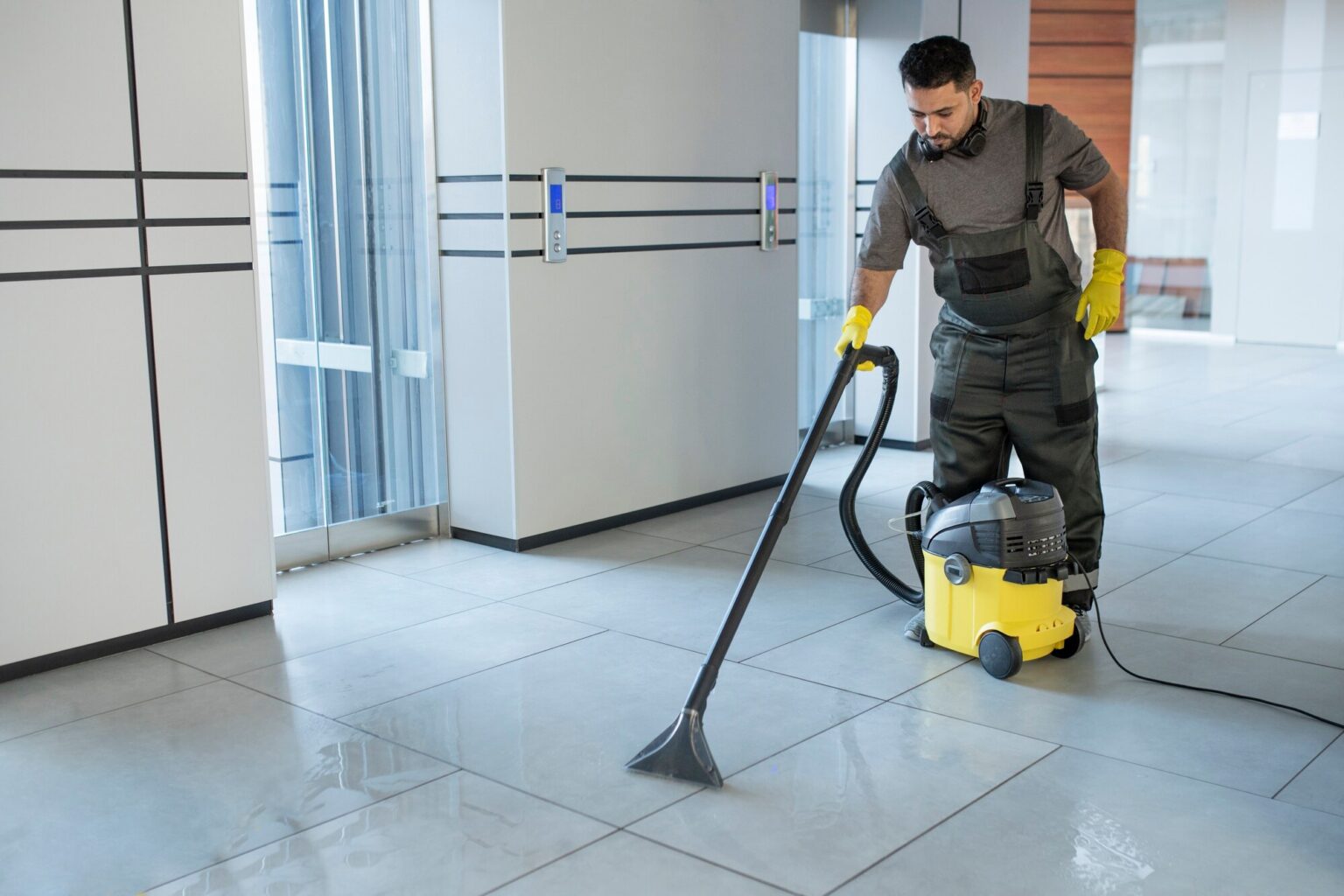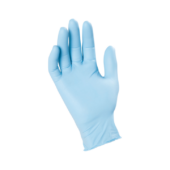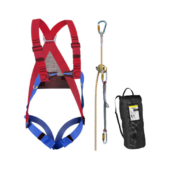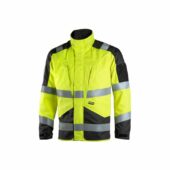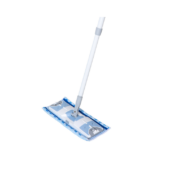Maintaining clean and safe industrial floors is crucial for efficiency, employee safety, and compliance with workplace standards. Choosing the right industrial floor cleaning equipment can seem complex due to the variety of options available. This guide simplifies the decision-making process and provides clear criteria for selecting equipment suited to your needs.
1. Understand Your Cleaning Requirements
The first thing you need to do is figure out what cleaning needs your building has. Think about things like:
| Aspect | Details to Consider |
| Floor Area | Total size of the area, measured in square meters. |
| Floor Type | Surface materials (e.g., concrete, tile, epoxy, etc.). |
| Type of Dirt | Dust, grease, oil spills, or industrial debris. |
| Frequency of Use | Daily, weekly, or occasional cleaning. |
| Accessibility | Presence of narrow spaces, corners, or obstacles. |
By matching the equipment to these standards, one guarantees best performance and economy of cost. A small facility might gain from a walk-behind machine, while a large warehouse with substantial oil leaks could need a ride-on scrubber with high-capacity tanks.
2. Types of Industrial Floor Cleaning Equipment
The first thing you need to do is figure out what cleaning needs your building has. Think about things like:
a) Sweepers
- Function: Remove dust, dirt, and light debris.
- Options:
- Walk-Behind: Suitable for smaller areas or tight spaces.
- Ride-On: Ideal for large facilities like factories or warehouses.
b) Scrubbers
- Function: Scrub and wash floors to remove stubborn stains, grease, and dirt.
- Options:
- Walk-Behind: Compact, easy to maneuver.
- Ride-On: Efficient for extensive floor areas.
c) Combination Machines
- Function: Sweep and scrub in a single pass.
- Ideal For: Environments requiring both debris removal and floor washing.
d) Vacuum Cleaners
- Function: Effective for fine dust, dry debris, or light cleaning tasks.
- Considerations: Industrial models offer higher capacity and durability than residential options.
e) Pressure Washers
- Function: High-powered cleaning for outdoor areas or stubborn grime.
- Suitability: Outdoor loading bays, heavily soiled areas, or vehicle cleaning.
3. Key Features to Consider
Choosing the right equipment involves comparing features that align with your operational needs. Here’s what to look for:
| Feature | Importance |
| Tank Capacity | Larger tanks reduce refill frequency during cleaning. |
| Cleaning Width | Wider brushes or scrubber heads cover more area in less time. |
| Power Source | Electric (corded or battery), gas, or diesel. Choose based on indoor or outdoor use. |
| Noise Level | Low-noise models are essential for environments with noise restrictions. |
| Durability and Build Quality | Long-lasting materials withstand heavy industrial use. |
| Ease of Maintenance | Equipment with accessible components for cleaning or part replacement saves time. |
| Adjustable Settings | Allows customization for different surfaces and dirt levels. |
4. Energy Efficiency and Environmental Considerations
Many European businesses prioritize eco-friendly practices. To align with these values:
- Choose battery-powered machines since they are fit for indoor usage since they release no toxic emissions.
- Some machines reduce water use without sacrificing performance by means of water-saving technologies.
- Check that the organic detergents work with cleaning products that meet environmental standards.
5. Evaluate Safety and Ergonomics
Operators often spend long hours using cleaning machines. Ensuring safety and comfort can increase efficiency and reduce fatigue.
- Simple interfaces help to cut training time by user-friendliness.
- Change seating or elevation to improve ergonomics.
- Stable wheels, emergency stop buttons, and slip-resistant surfaces are among safety improvements.
6. Suppliers and After-Sales Support
Choosing the right supplier is as critical as selecting the equipment itself. Reliable suppliers offer:
- Demonstrations and Trials: Testing the equipment before purchase.
- Training for Staff: Ensuring correct and efficient operation.
- Maintenance Services: Regular servicing extends the machine’s life.
7. Common Mistakes to Avoid
To maximize your investment, steer clear of these pitfalls:
- Overlooking Floor Type: A machine designed for smooth surfaces may not perform well on uneven or textured floors.
- Ignoring Size Constraints: Large machines in compact areas lead to inefficiencies.
- Focusing Solely on Cost: Cheaper models might lack essential features or durability.
- Skipping Training: Inexperienced operators can misuse or damage equipment.
8. Future-Proofing Your Purchase
As industrial standards evolve, adaptability becomes crucial. Look for machines that:
- Are compatible with modular upgrades.
- Offer software updates (if applicable).
- Can accommodate future cleaning requirements.
9. Conclusion
Selecting appropriate industrial floor cleaning tools requires juggling environmental effect, long-term operational objectives, financial constraints, and particular needs of your organisation. Evaluating characteristics, knowing your needs, and choosing reliable providers will help you to guarantee a cleaner, safer, and more effective workplace.
Investing time in research and comparing options helps you make an informed decision, ultimately leading to better results for your business and employees.

